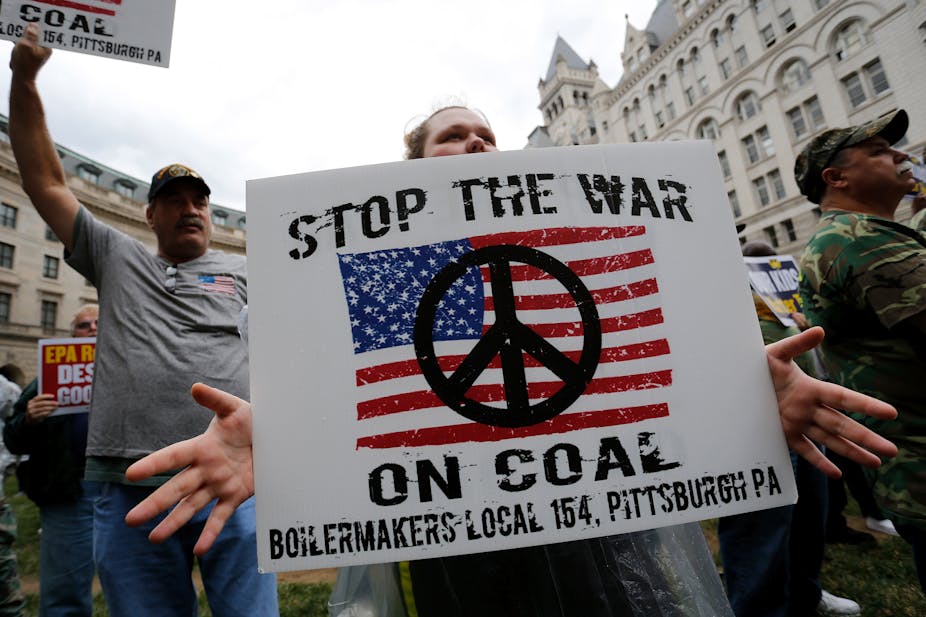Even before President Obama announced the Environmental Protection Agency’s (EPA) Clean Power Plan on August 3 to regulate carbon emissions from power plants, there were a number of legal challenges to block the law at its proposal stage – none of them successful. Earlier this year, the DC Circuit Court told opponents, which included a coal company joined by 12 states, that their arguments were premature.
Now that the rules are final, the new court challenges will come fast and heavy. The legal arguments against the plan will be focused on two issues.
The first is based on an unusual legislative drafting inconsistency, whereby the House and Senate versions of the key Clean Air Act provision lead to different conclusions about the EPA’s authority here. In the rush to complete its 1990 amendments to the Clean Air Act, Congress allowed two inconsistent versions of the statute to pass through the conference committee, never to be reconciled. One would allow regulation of carbon dioxide from power plants under the provision being used in the Clean Power Plan; the other arguably would not. No court has ever addressed the question. Call this a drafting-error argument.
More centrally, the Clean Air Act language at issue is inherently ambiguous, as many texts are. It calls for the EPA to set standards for pollution reduction that are based on the “best system of emission reduction” that has been “adequately demonstrated.” Any first-year law student would know to ask: What’s a “system”? How do we know what’s the “best system”? And what level of demonstration is “adequate”?
Counter to conservative thinking
The EPA has taken a broad view of these terms, setting pollution reduction standards that assume states can, and should, do a lot to limit carbon dioxide from fossil fuel–powered plants. That includes things far outside the fenceline of those plants, such as creating incentives to ramp up solar power installations in urban neighborhoods.
To the EPA, “systems” are capacious, and “best” means we shouldn’t think small. Opponents in industry counter that this provision was never about making changes outside the property lines of the regulated emissions sources themselves. To them, the EPA’s stance is an unauthorized reach.
Both the drafting-error argument and the statutory ambiguity argument will come down to how much discretion one thinks the EPA should have to interpret its own legislative mandates.

Traditionally, courts have deferred to agencies where they are acting in their areas of delegated power. And there are good reasons for courts to curtail the instinct to second-guess expert agencies when statutes can be interpreted more than one way. But this tradition of deference has run smack into the modern line of conservative thinking that maligns federal bureaucracy.
This case will almost certainly reach the US Supreme Court, given the force and funding of the opposition and the importance of the issue to federal energy policy. If and when it does reach the highest court, it is hard to say whether the EPA’s rule will be seen as an agency power grab, or, alternatively, as a reasonable exercise of authority given mandates that necessarily require interpretation.
The court’s most recent environmental cases suggest that the agency is on a shortening leash. Earlier this year, the Supreme Court ruled that the EPA misinterpreted the Clean Air Act in regulating mercury levels from power plants, by failing to consider costs early enough. The court’s reasoning betrayed an impatience with deferring to the EPA.
For now, we can only wait to see how the legal drama will play out.

